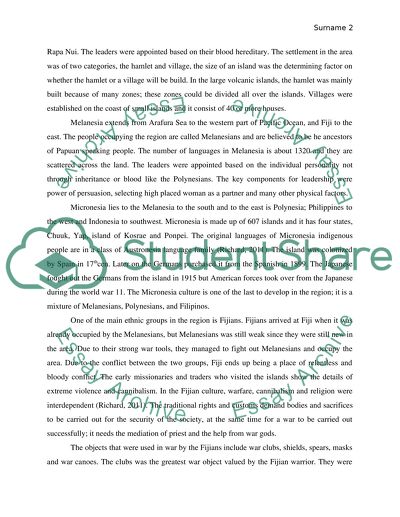Cite this document
(“Oceania Research Paper Example | Topics and Well Written Essays - 2500 words”, n.d.)
Oceania Research Paper Example | Topics and Well Written Essays - 2500 words. Retrieved from https://studentshare.org/visual-arts-film-studies/1446713-how-did-the-cultural-beliefs-of-oceania-pacific
Oceania Research Paper Example | Topics and Well Written Essays - 2500 words. Retrieved from https://studentshare.org/visual-arts-film-studies/1446713-how-did-the-cultural-beliefs-of-oceania-pacific
(Oceania Research Paper Example | Topics and Well Written Essays - 2500 Words)
Oceania Research Paper Example | Topics and Well Written Essays - 2500 Words. https://studentshare.org/visual-arts-film-studies/1446713-how-did-the-cultural-beliefs-of-oceania-pacific.
Oceania Research Paper Example | Topics and Well Written Essays - 2500 Words. https://studentshare.org/visual-arts-film-studies/1446713-how-did-the-cultural-beliefs-of-oceania-pacific.
“Oceania Research Paper Example | Topics and Well Written Essays - 2500 Words”, n.d. https://studentshare.org/visual-arts-film-studies/1446713-how-did-the-cultural-beliefs-of-oceania-pacific.


